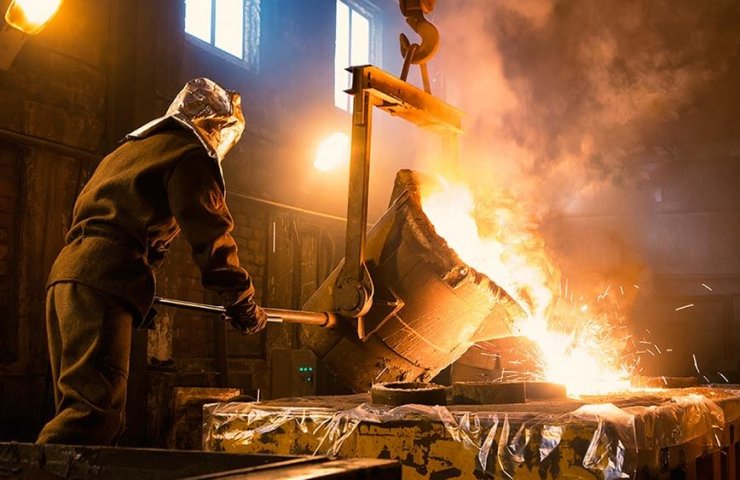China's move to revive its infrastructure sector in response to slowing domestic economic growth and rising trade tensions is expected to spur steel demand growth from September and support it through 2020, but could also spur steel production growth, leading to the next round of overproduction and short-term losses of steel mills.
In 2018, China approved investments of 1.65 trillion yuan (approximately $ 231 billion) in rail transport and 1.24 trillion yuan in new airport projects. Steel consumption required for projects approved in 2018 is estimated by S&P Global Platts at 25.45 million tonnes, up 124% over projects approved in 2017, although still 26% less than approved in 2017. 2016.
Most of the approved projects in 2018 will begin implementation in 2019 or 2020.
China has also increased government spending on infrastructure rehabilitation and repairs. The issuance of new government bonds in 2019 is planned to increase by 42% year on year to 3.08 trillion yuan. Market speculation suggests that China may further increase its special government bond quota in 2019 to support important infrastructure projects.
Due to faster project approvals and government spending, infrastructure construction is expected to accelerate from September, pushing investment in fixed assets up to 6% yoy in full 2019 from 3.8% yoy in January -July.
However, China's goal is to bolster infrastructure without adding too much to regional government debt. Indeed, the slowdown in infrastructure project approvals in 2017 and the first three quarters of 2018 was part of a deliberate central government strategy to stimulate local government debt reduction.
Infrastructure recovery in 2019 aims to "warm up" a slowing economy, not to lift China out of recession.
Likewise, the rise in steel demand driven by infrastructure construction since September will help offset the negative impact of the slowdown in new home construction, but will likely lag significantly behind the growth in steel demand, as the real estate sector did in 2018 and in the first half of 2019.
Steel demand in China is expected to remain stable and stable in 2019 and at least the first half of 2020, leading to steel mills receiving their average annualized profit. However, temporary oversupply and losses in prices may still be inevitable during the low-demand season in winter due to growing steel capacity and eased environmental restrictions.
Platts estimates that China's steel production will grow by 35 million tons per year in 2019 to 1.2 billion tons per year.




